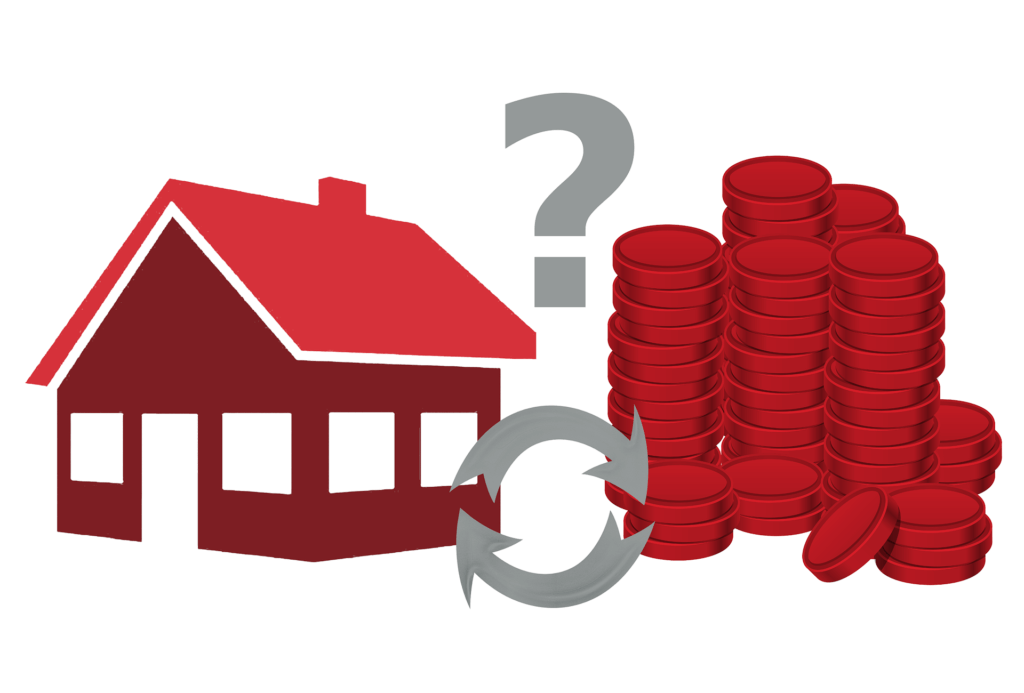In 2015, the OECD, in collaboration with the G20, published the BEPS Project. The project aims to prevent companies from shifting profits to low-tax jurisdictions through 15 action plans, each addressing a different aspect of taxation in the global economy.
The project has extensive implications for many tax issues, such as transfer pricing, controlled foreign companies, and more. Implementation of most action plans has begun, allowing at least partial conclusions about its effectiveness.
In this article, we provide an introduction to the BEPS Project and discuss its implementation and implications to date.
What is BEPS?
Before diving into understanding the project and its plans, we need to understand the problem it aims to solve. BEPS stands for Base Erosion and Profit Shifting. BEPS represents a serious problem for tax authorities worldwide.
Multinational corporations engage in sophisticated tax planning strategies that exploit loopholes in tax laws and double taxation treaties. These strategies enable them to artificially shift profits to low-tax jurisdictions. The core issue lies in the artificial nature of these profit shifts – they lack genuine economic substance and are primarily motivated by tax reduction rather than business necessity.
While some BEPS practices may cross legal boundaries, most operate within technical legal compliance. Companies can structure their affairs in ways that appear lawful on paper. However, in most cases, there’s no authentic business justification for these profit-shifting arrangements. The primary driver is straightforward: tax savings.
These actions have harmed and continue to harm tax authorities worldwide. The OECD estimated an annual loss of $100 to $240 billion in global tax revenues, with the most severe impact on developing countries. These countries typically rely heavily on corporate tax revenues.
Therefore, the G20 directed the OECD to find a solution to this problem. The solution proposed by the OECD is the BEPS Project.
What is the BEPS Project?
The BEPS Project is a joint initiative of the OECD and G20 aimed at preventing companies from engaging in base erosion and profit shifting activities. The initiative began in 2013, and the final report was published in 2015. The report aims to provide tax authorities with tools to address these tax planning strategies and ensure that profits are taxed where value is created and the group’s economic activity takes place.
The final report includes 15 different action plans addressing various aspects of the problem, such as transfer pricing, information exchange between countries, controlled foreign companies, and more. Most action plans constitute “soft law,” meaning that while implementation is not mandatory, it is expected. However, several action plans are considered minimum standards that countries must implement.
The action plans considered as minimum standards set by the OECD are:
- Action 5 – Harmful tax practices.
- Action 6 – Prevention of tax treaty abuse.
- Action 13 – Country-by-country reporting.
- Action 14 – Mutual agreement procedure.
In 2016, the OECD established the Inclusive Framework on BEPS to ensure broader implementation of the program’s principles. As of 2024, more than 145 countries are members of this framework. As part of its activities, the Inclusive Framework examines the implementation of minimum standards and addresses implementation issues for other action plans.
Insights from Implementation So Far
Most actions have been implemented at least partially. However, there are issues where implementation remains uncertain, such as Action 1 addressing taxation in the digital economy.
Among the implemented topics:
- The Multilateral Instrument (MLI) for modifying bilateral treaties.
- Updated transfer pricing documentation requirements – Actions 8-10 and Action 13 describe more extensive documentation requirements than previously existed. These include the Master File, Country-by-Country Report (CBCr), and Local File.
The impact of the BEPS Project is not yet entirely clear. In the first years of implementation, there was actually an increase in losses resulting from these actions. It’s important to note that we cannot know what the situation would have been without the project’s implementation. It’s possible that without the project, an even higher increase would have been recorded.
Additionally, initial research on project implementation found that the MLI did not meet the requirements of what it was supposed to achieve. This is due to its selective implementation among countries. There are provisions in the MLI for which countries can decide how to implement and with which countries. This, in turn, leads to inconsistent implementation.
Implementation of the BEPS Project in Israel
Israel is working to implement the principles of the BEPS Project. Among the actions taken, as of 2025:
- In early June 2017, Israel, along with 67 other countries, signed the MLI.
- Amendment of transfer pricing regulations in accordance with Actions 8-10.
- Implementation of the Country-by-Country reporting requirement.
- The Ministry of Finance announced that starting from the 2026 tax year, a global minimum corporate tax will apply in Israel.
The implementation of the BEPS Project is not complete, neither in Israel nor in the rest of the world. As mentioned, there are actions whose implementation has barely begun. We expect to see developments in this area in the coming years.
Nimrod Yaron & Co. has extensive experience in addressing our clients’ needs regarding international taxation. Our firm stays continuously updated on developments regarding the implementation of the BEPS Project worldwide and its impact on our clients. To contact a representative from our firm, click here.
FAQ
What is the BEPS Project?
An OECD and G20 initiative aimed at preventing profit shifting to low-tax jurisdictions.
What is the difference between action plans that are minimum standards and other action plans?
Implementation of action plans that are minimum standards is mandatory. In contrast, implementation of other action plans is recommended but not required.
How does the BEPS Project affect Israeli companies?
The project affects them in several ways, including increased documentation and reporting requirements, raising corporate tax for some companies, and more. The impact stems not only from Israeli law but also from the laws of other countries where the companies operate.









